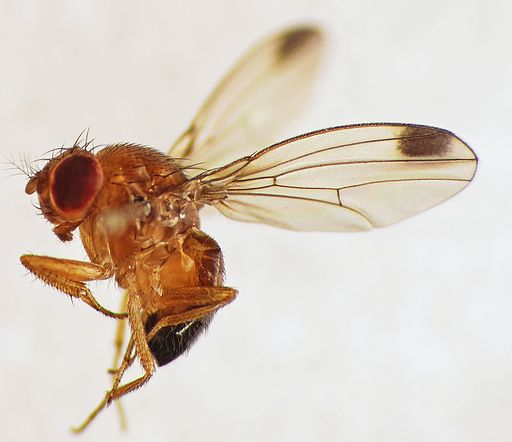SWD ALERT!
Cornell has reported sustained SWD catches in several counties. Numbers are not high yet, but have been increasing. Be vigilant in your trap and fruit monitoring, weeding, and irrigation/drainage, and employ a spraying routine that works with your picking schedule. Follow this basic guide:
- Maintain an open canopy to increase sunlight and decrease humidity
- Eliminate weeds within rows to increase sunlight penetration and improve spray penetration into and deposition on the canopy
- Repair leaking drip lines and avoid overhead irrigation when possible. Allow the ground and mulch surface to dry before irrigating, and eliminate areas that encourage puddles.
- If you’ve set your own traps, check them regularly—daily, if possible. Females usually arrive first, but males are quick to follow.
- Check your fruit regularly. Pick groupings of 15-25 ripe fruit from different locations in your field, especially along the edges. Lightly squeeze each fruit. In a resealable bag, mix 1 cup salt and 1 gallon water. Add the fruit and mix well. After 30 minutes, check for small white larvae floating at the top. Repeat for each fruit grouping.
- Apply pesticides every 5 to 7 days; repeat if it rains.
- Rotate pesticides to prevent resistance.
Visit Cornell's blog for detailed information on monitoring and growing best practices during SWD season. Download the university’s list of approved SWD insecticides here.


